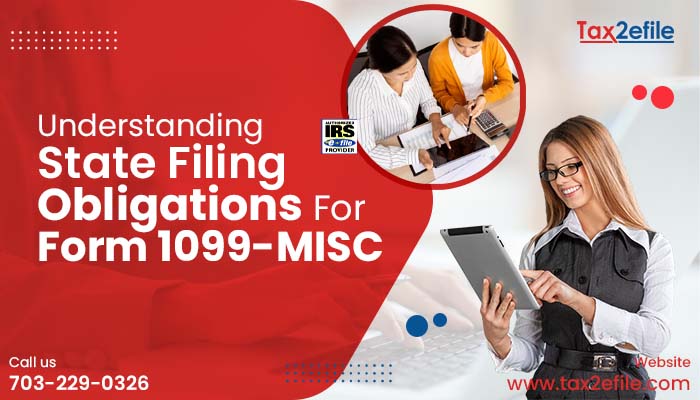- March 6, 2022

The IRS Tax Form 1098-T helps to calculate the educational credits and deductions on tuition fees for students. This tax Form applies to tuition fees and other relevant expenses of students, for the tax year.
Eligible academic instructions will send Form 1098-T to the students for their educational expenses in the previous year. The fees that qualify for deductions under this tax Form include the tuition fee, fee for course material, enrollment fee, etc. The institutions will send this Form for students paying tuition fees by January 31st. They will also file a copy of this form with the IRS by February 28th of the tax year.
What is Form 1098 T?
This tax Form offers all information about the educational expenses of students. It helps students and their parents to seek tax exemption for their expenses towards school fees. These expenses are qualified expenses and it includes,
-
-
- Tuition fees
- Cost of course material
- Enrollment fees
-
Both students and the person who remits this fee on behalf of the students will get credits with Form 1098-T. Based on these credits, they can avail of tax exemptions.
How do schools report the educational expenses of students?
Till the year 2017, Schools will report these student expenses in two ways. It relies on how much the student paid during the year. Or based on how much the school billed the student for the year. If the school reports the fee paid by the students, it marks them in Box 1 of the form. If it reports the amount billed, then it fills box 2 of the Form.
The schools will follow the same reporting method every year. And it can change this pattern after getting approval from the IRS. If it changes the pattern, it checks box 3 of the tax Form. Form the year 2018, this was not in practice. Schools will report the payments received in box 1 of the Form. Box 2 is not in use and, box 3 will indicate the change in the method of reporting.
Box 4: Adjustments on the qualified school expenses made in the previous year.
Box 5: Amount of grants and scholarships for students’ school expenses.
Box 6: This shows the adjustments made to grants and scholarships in the previous year.
Box 7: Schools will check if the amount given in box 1 or 2 includes the expenses of the academic terms that begin with the first three months of the year.
Box 8: The school will check box-8 if the student is enrolled half-time.
Box 9: Check box-9 if the student belongs to a graduate program.
Box 10: If the student has education expenses reimbursed from a tuition insurance policy, this box will be of use.
Bottom line:
The amount of credit for qualified tuition expenses is calculated as 20% for $10,000 education expenses. A taxpayer can get a maximum waiver of $2000 per student. You can learn more about these tax credits and reimbursements by taking help from Tax2efile.


